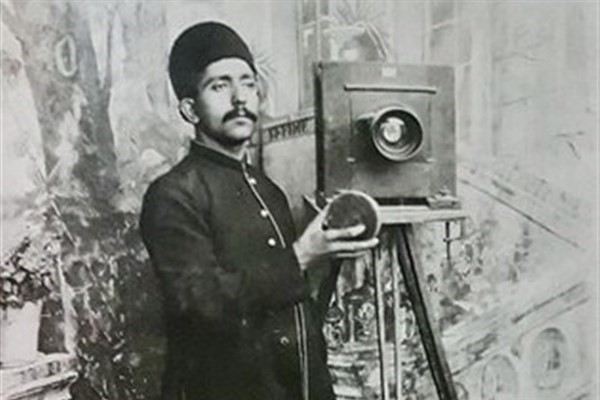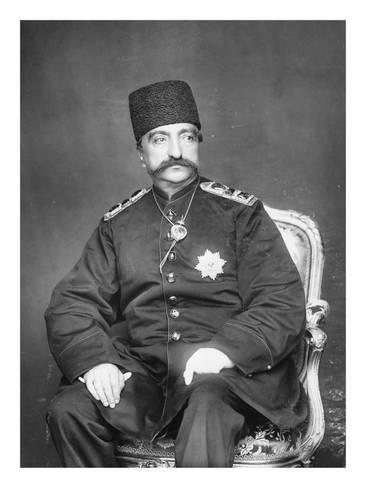Copyright 2020 - 2021 irantour.tours all right reserved
Designed by Behsazanhost
Iran’s First Photography
Iran’s First Photography
The year 1839 A.D. marked the advent of the photography industry in France. The photography industry entered Iran during Mohammad Shah-e-Ghajar's monarchy in 1842. The first cameras were dedicated from Nikolai I, the emperor of Russia, and Queen Elizabeth of England to the Iranian court. The first photograph was taken by Nikolai Pavlov, a Russian diplomat who, for the first time, took some photos in Iran.
 |
Later Jules Richard from France went to Golestan palace on the advice of the French Madam Haji Abbas-e-Golsaz, the maid of the princess Mahd-e-Olia (the wife of Mohammad Shah and Naser-e-Din Mirza's mother). The young Crown Prince went to the Golestan palace and took some photos with the camera that was a gift from Victoria. With the advent of photography as a form of art in Iran. the first collection of pioneering works of photography was created. The first photo of an Iranian taken by Pavlov was that of Mohammad Shah-eGhajar. The first Iranian photographer was Malek Gasem Mirza, the 24th son of Fath Ali Shah-e-Ghajar. The first king as a photographer was Naser-e-Din Shah, the 4th king of Ghajar dynasty who was also the first deputy as a photographer. The first selfie was a photo by Naser-e-Din Shah and his wives in a mirror. The first photo script in the history comprised the footnotes of the images through which Naser-e Din Shah described the events, people, places and the ceremonies in the photos. The first royal photo gallery was established in Golestan palace during Naser-e-Din Shah's monarchy. The king learned the skill of photography under the training of Francis Carlihan from France. Taking photos individually or in groups from the women including maids or king's pets in various gestures would always be exclusively done by
 |
| Naser-e-Din Shah |
Naser-e-Din Shah. The king's assistants who helped him take, develop, and print the photos include several names such as Jafar Gholi
There was a razzmatazz each time the king was taking photos in the inner
- Details
- Category: IRAN Blog